Are you looking for a cat that prefers the comfort of home to outdoor adventures?
Many cat owners know the problem: as soon as the door opens, their furry friends rush outside, which often brings worries and dangers.
Persian cats are an example of breeds that tend to stay indoors, but there are other breeds that are suitable for living in an apartment.
In this blog post, you'll learn all about indoor cat breeds, how to make their homes interesting, and what care they need.
All about indoor cats: Why do some cats prefer to stay indoors?

Indoor cats, also known as house cats, often choose not to leave the comfort of their home for a variety of reasons. Some are less adventurous by nature or feel more comfortable in the safe environment of their home, especially if they never experienced the fresh air outside as a kitten. The decision to keep a cat exclusively indoors can also be made by the cat owner themselves for safety reasons or due to housing conditions.
Keeping cats indoors brings both advantages and challenges. On the one hand, such cats are protected from traffic hazards, diseases from other animals and bad weather conditions. On the other hand, they need sufficient stimulation and activity in their daily lives in order to lead a happy and healthy life. It is important to make their living environment interesting and stimulating in order to avoid boredom and the associated behavioral problems.
In order to make the life of an indoor cat as optimal as possible, it is essential to be well informed about its needs and to take appropriate measures. This also includes setting up the apartment in a safe and cat-friendly manner, which can range from special toys to safe resting places. With the right attitude and equipment, an indoor cat can lead a life just as fulfilling as its counterparts who are allowed to enjoy the great outdoors.
Activity Ideas for Cats Who Don't Want to Go Out

Indoor cats need specific activities to stay mentally and physically fit. One way to keep them entertained is to provide them with varied and interesting toys such as laser pointers, interactive balls or toy mice. These toys can help satisfy cats' natural hunting instincts and keep them physically active.
In addition to toys, cat-friendly furniture such as scratching posts and climbing walls can also help keep the cat busy. Offering elevated resting places or setting up a secure balcony where the cat can get some fresh air are also good ways to make the life of an indoor cat more varied.
Health Care for Indoor Cats
The health care of indoor cats should not be underestimated. Regular visits to the vet are important to ensure that the cat is vaccinated against common diseases and does not have parasites. Even if it does not go outside, fleas or worms can get into the house via people and other animals.
In addition to medical care, it is important to pay attention to the diet of the indoor cat. Since they have less opportunity to exercise, it is easy for them to gain weight. A balanced diet and control of the amount of food are crucial to avoid obesity and related health problems.
Necessary equipment for an indoor cat

The basic equipment for an indoor cat includes several important elements. These include a litter box, which must be cleaned regularly, as well as scratching options to support the cat's claw care and protect furniture. A safe place to sleep and a place to feed are also essential.
To make the home safe for the cat, poisonous plants should be avoided and windows should be secured to prevent falls. A cat net for the balcony can allow the cat to enjoy the view in a protected manner. Such measures help to make the home a safe and pleasant place for the cat.
Cat breeds that don't want to go outside: Which are best?
Cats that don't like going outside are often ideal for keeping indoors. Such breeds are particularly suitable for urban areas where going outside can be risky. Some breeds that are known for their calm and laid-back nature, such as the British Shorthair or the Ragdoll, are particularly well suited to such an environment. These cats often enjoy the calm atmosphere at home and are less prone to stress when they are not confronted with the uncertainties of the outside world.
Indoor cats need an environment that satisfies their natural curiosity and need for exercise. Although they don't go outside, they still need stimulation and opportunities for physical activity. A well-equipped living space with scratching posts, toys and climbing opportunities helps promote their health and well-being. Species-appropriate housing also means that there are enough places for the cat to retreat to where it can relax and hide when necessary.
When choosing the right cat breed, future cat owners should consider how much time they can spend with their pet each day. Breeds such as the Exotic Shorthair or the Devon Rex, who really appreciate human company, are ideal for people who spend a lot of time at home. These cats often build a deep bond with their owners and show their cuddly and affectionate side.
Grooming for indoor cats: What should you keep in mind?
Grooming is an important aspect of indoor cat care as it helps prevent hairballs and matting. Regular brushing removes loose hair and dirt and distributes the natural oils in the coat, which contributes to a healthy shine. Especially with long-haired cats such as the Maine Coon or Birman, consistent grooming is crucial to keep the coat in good condition.
Indoor cats may need more grooming at certain times of the year, especially during the shedding season in spring and fall. Here are some tips on how to make grooming effective:
- Use a soft brush or comb that is specifically designed for your cat's coat type.
- Integrate grooming into your daily routine to get your cat used to it.
- Watch for signs of skin irritation or parasite infestation and consult a veterinarian if necessary.
Origin of indoor cat breeds
Many of the popular indoor cat breeds have an interesting origin, often dating back to a long breeding history. The Persian cat, known for its long, luxurious fur, originates from the Middle East and was brought to Europe in the 17th century. Its calm and relaxed nature makes it an ideal indoor cat.
Another popular breed for apartment keeping is the British Shorthair. This breed was developed in the UK and is known for its thick, plush coat and laid-back personality. British Shorthair cats are often very independent and require less attention than other breeds, making them a good choice for working cat owners.
Advantages and Disadvantages of Indoor Cats
The decision to keep a cat indoors has both advantages and disadvantages. The advantages include protection from external dangers such as traffic and aggressive animals. Indoor cats are also less susceptible to diseases that can be transmitted by other animals. Another advantage is that cat owners always have their furry friends around them and can more easily monitor their well-being. Indoor cats can lead a very sheltered and safe life, which is particularly beneficial in urban areas.
On the other hand, there are also disadvantages to keeping indoor cats. One of the biggest challenges is the need to keep the cat constantly occupied and provide it with sufficient incentives for exercise and play. Boredom can lead to behavioral problems such as excessive scratching or other destructive behaviors. In addition, cat owners must ensure that the apartment is safe and cat-friendly to avoid risks such as falling out of windows or swallowing dangerous objects. A well-designed environment and regular interaction are essential to make the life of an indoor cat enriching and happy.
Do indoor cats need access to the outdoors?
Many people wonder whether indoor cats really need to go outside. In general, cats that live indoors don't necessarily need to go outside to be happy and healthy. However, there are a few aspects to consider:
- Indoor cats can be limited in their development and behavior if they do not have the opportunity to live out their natural instincts.
- Outdoor access provides cats with opportunities to hunt, explore and interact socially, which can contribute to better physical and mental health.
- However, outdoor access is not always possible or safe, especially in urban areas with high traffic volumes or in apartments without direct access to the outside.
However, there are many ways to enrich the life of an indoor cat without access to the outdoors and to meet their natural needs. It is important to make their environment stimulating and interactive . Here are some tips on how to keep your indoor cat happy, even without access to the outdoors:
- Make sure there are plenty of toys and climbing opportunities to encourage your cat's hunting and play instincts.
- Consider setting up a secured balcony or window so your cat can get some fresh air and observe the surroundings.
- Regular play sessions with your cat can help prevent boredom and strengthen the bond between you and your cat.
Overall, well-planned indoor housing can provide a safe and loving environment for cats who do not have access to the outdoors.
Where can you buy cat breeds that don't want to go outside?
If you are looking for a cat that prefers to stay indoors, there are a number of places you can consider. Animal shelters are often a good place to start, as they regularly have cats that cannot go outside for various reasons. Private adoptions can also be an option, especially if someone has to give up their cat for health or age-related reasons. These cats are often already used to living indoors and need a loving new home.
Another option is to buy from a reputable breeder who specializes in breeds that are well suited to living in an apartment, such as the Devon Rex or the Sacred Birman. Make sure that the breeder meets the following criteria:
- The cats and kittens live in clean, spacious conditions.
- All animals are well socialized, vaccinated and dewormed.
- The breeder can provide information about the origin and health of the parents.
These points will help ensure that you get a healthy and happy cat that fits well into your home.
Discover how Flappie keeps your indoor cat safe and happy
Flappie offers an innovative solution for cat owners who want to keep their four-legged friends safe and happy indoors. Flappie 's smart cat flap prevents your cat from bringing unwanted prey like birds or mice into your home. It uses a state-of-the-art camera with AI technology to ensure that only your cat - and nothing it may have caught - can enter your home.
In addition to the smart cat flap , Flappie offers a user-friendly app that gives you full control and monitoring. You will receive push notifications when your cat tries to come home with prey and can use the following features:
- View videos and photos of your cat
- Get statistics on your cat's behavior and activities
- Adjust the access rights of the cat flap anytime and anywhere
With Flappie, your home stays clean and your cat happy without you having to worry.
Frequently Asked Questions
Which cats don’t like going outside?
Cats that don't like going outside are often ideal for keeping indoors. Such breeds are particularly suitable in urban areas where going outside can be risky. Some breeds that are known for their calm and laid-back nature, such as the British Shorthair or the Ragdoll, are particularly well suited to such an environment.
Which cat is suitable as an indoor cat?
Indoor cats, also known as house cats, often choose not to leave the comfort of their home for a variety of reasons. Breeds such as the Exotic Shorthair or the Devon Rex, who really appreciate human company, are ideal for people who spend a lot of time at home. These cats often form a deep bond with their owners and show their cuddly and affectionate side.
What is the calmest cat breed?
The Persian cat is known for its calm and relaxed nature, making it an ideal indoor cat. The British Shorthair is also valued for its relaxed nature and requires less attention than other breeds, making it a good choice for working cat owners.
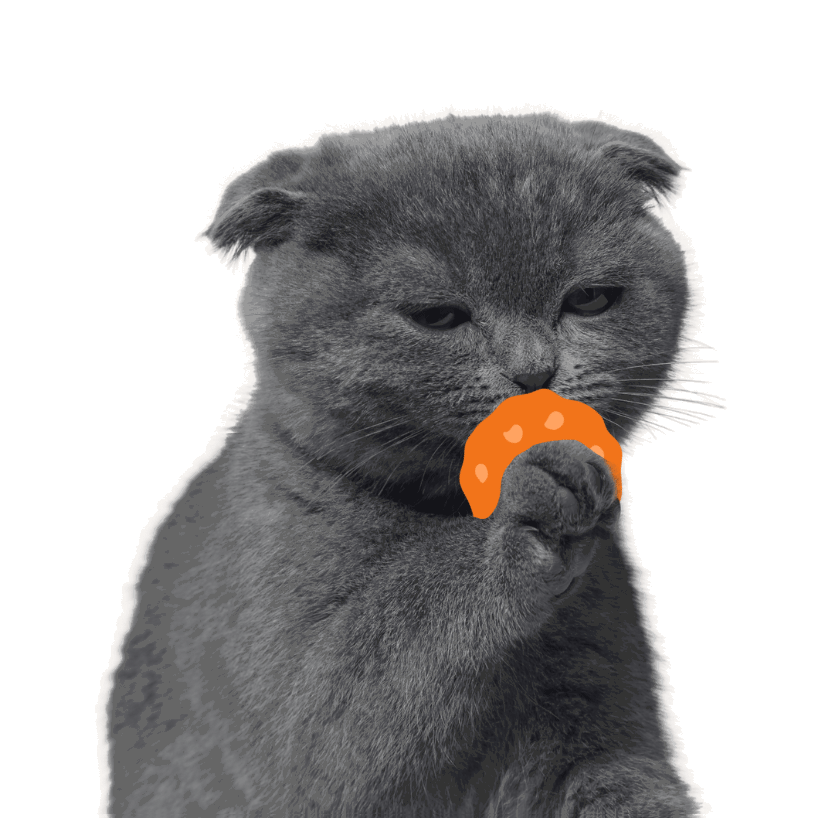
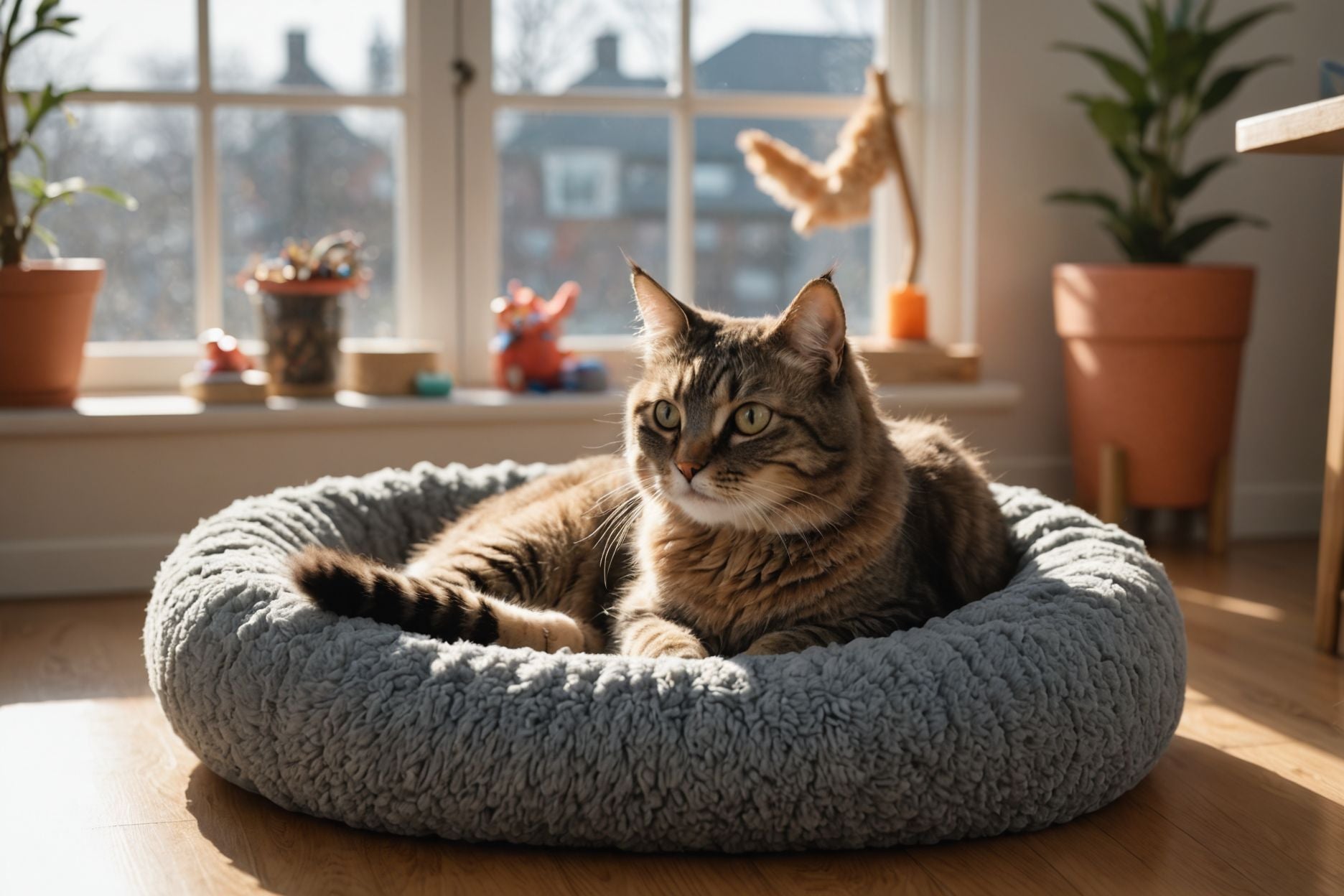
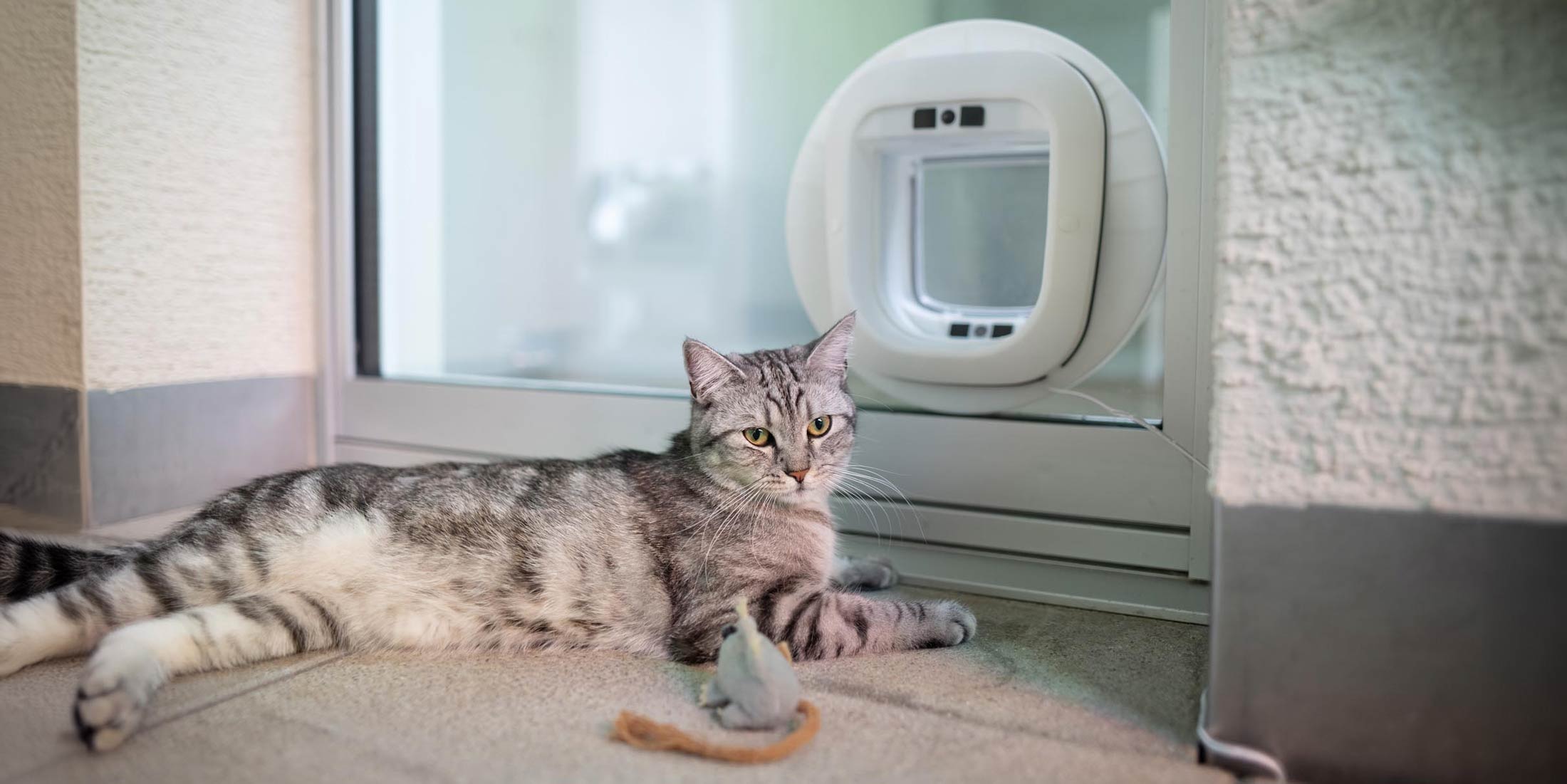
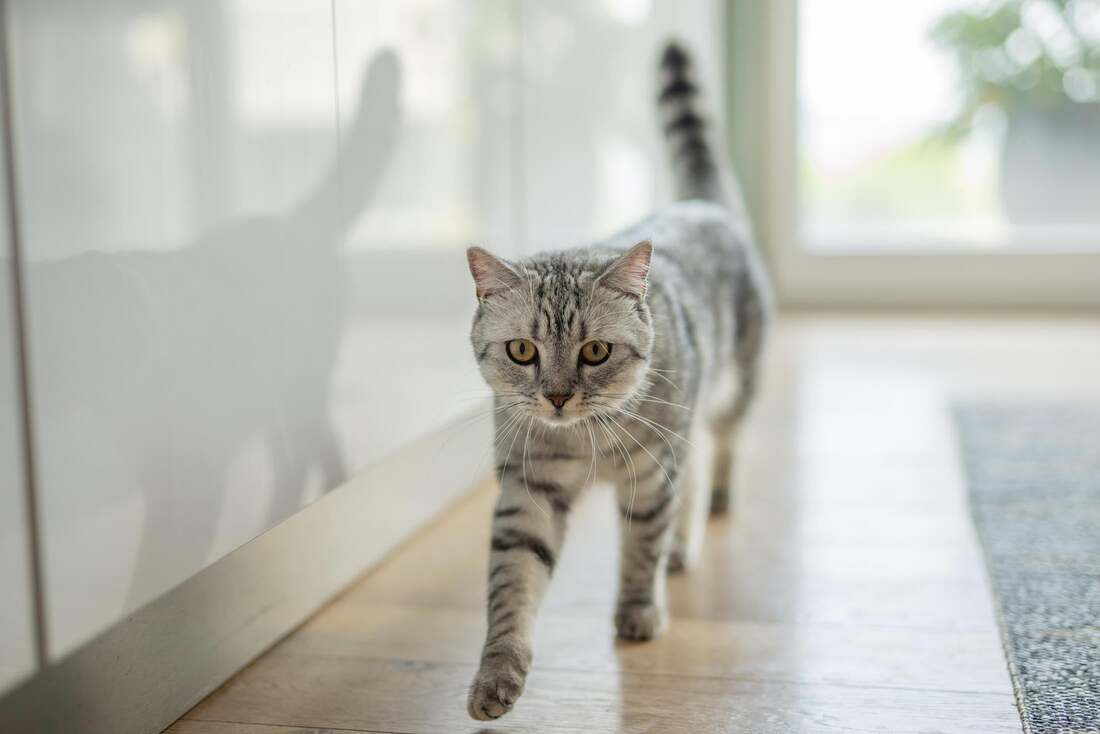
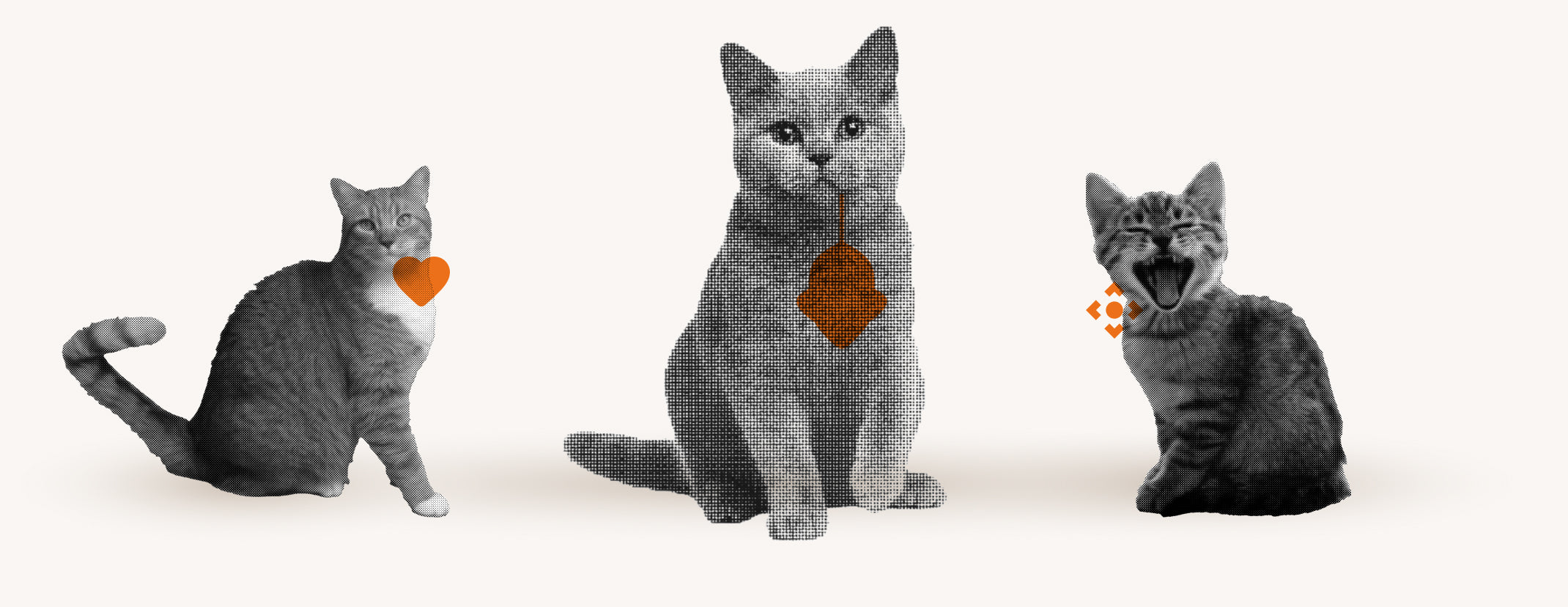
Share:
Discover the diversity of the American cat breed
American Persian Cat - A Guide